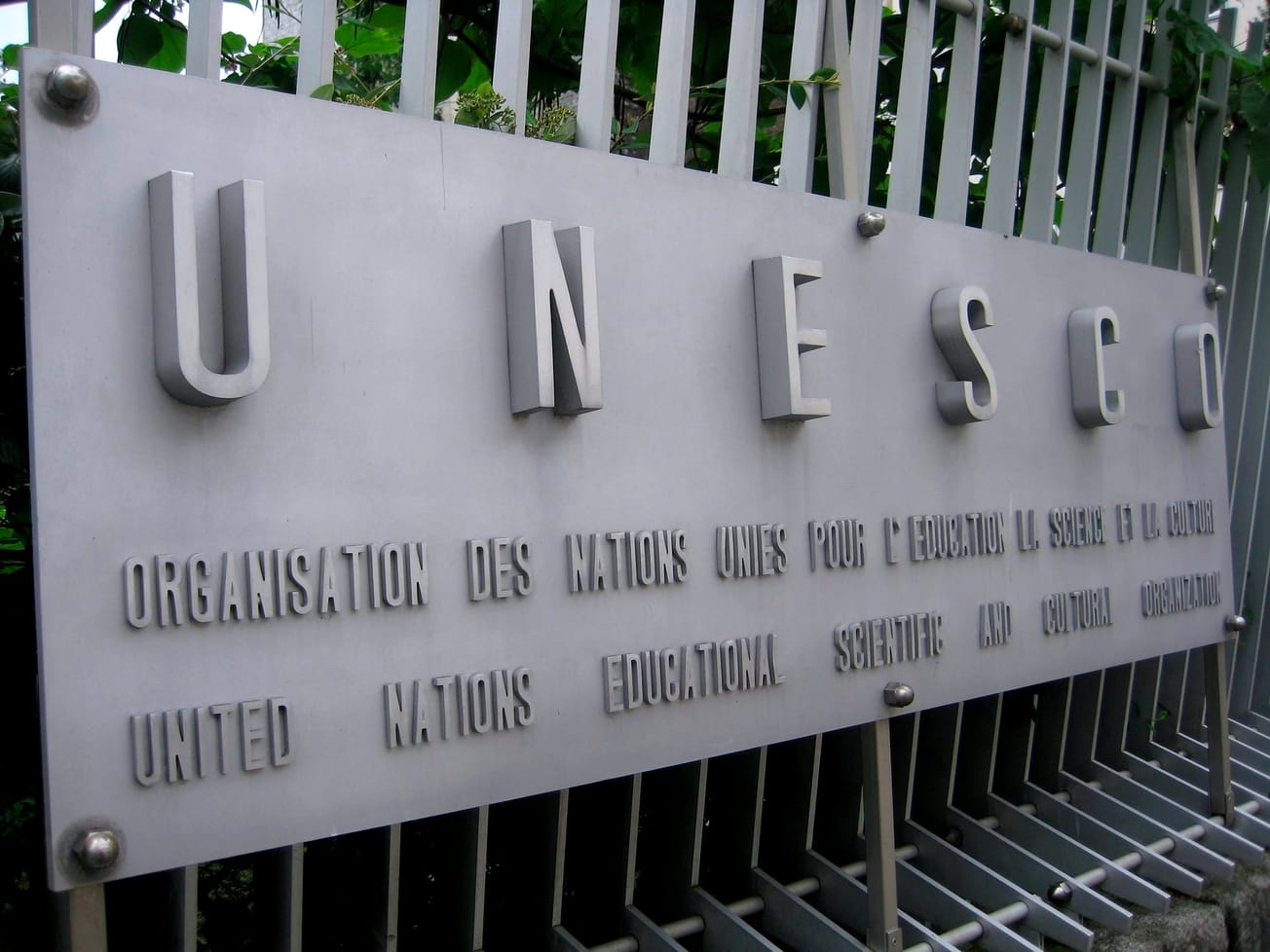Nearly 24 million people work involuntarily in all regions of the world, generating almost a quarter-trillion dollars a year in illegal profits for traffickers and criminals particularly in Europe and Central Asia.
The figures from an International Labor Organization report on Tuesday.indicate that as much as $236 billion a year in illegal profits come from the work of 23.7 million people doing involuntary jobs. The dollar figure is equal to Myanmar's GDP in 2023, or Qatar's GDP in 2022.









